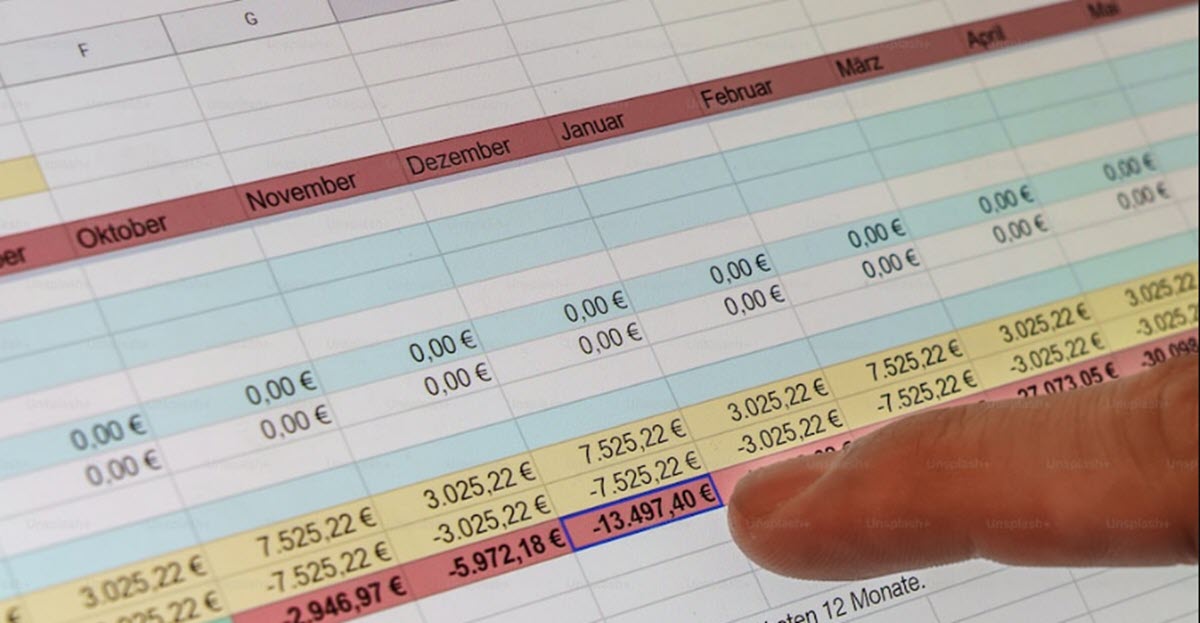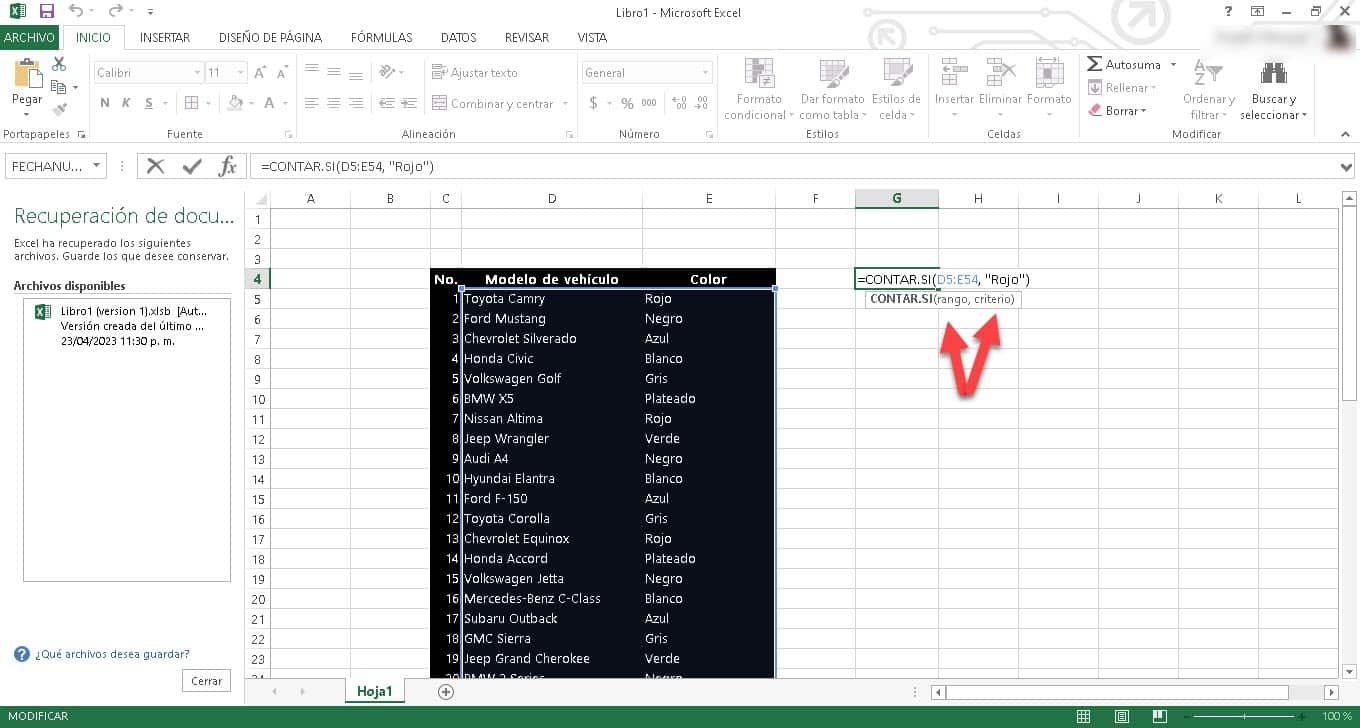
Do you need to count the number of elements that meet some condition in an Excel list? This program has the particularity of offering different ways to achieve an end. Although some are usually longer or more complicated than others, the idea is to take the one that gives us the desired result under a mechanism that makes us feel comfortable. Thus, Continuing with the initial example, if we need to count the number of elements in a list that meet some criteria, we will teach you how to use the COUNTIF function in Excel.
This function allows you to indicate to the program where the data you want to count is and what is the condition to be met, so that in a matter of seconds you obtain the number you need.
What is the COUNTIF function used for?
As we mentioned earlier, in Excel there are different ways to achieve the same result. However, not all of them offer what we are looking for. For example, counting items in a list is something we can easily achieve by simply selecting them and at the bottom right of the interface we will see the count. However, the scenario can be complicated and the requirements can go further, that is, we may not need to count an entire list, but rather specific elements. It is at this point that the need for an option that offers greater possibilities arises, and this is where our protagonist of today comes into play: the COUNTIF function.
As its name indicates, COUNTIF allows us to count the elements of a data list only if they meet a previously established criteria or condition. In addition, it has the flexibility to adapt to environments with numeric or text data, so we can use it to count what we need in our documents.. It is a utility that can save us a lot of time in our daily tasks with Excel. Next, we will explain how to apply it.
How to use the COUNTIF function?
To explain how to use the COUNTIF function, we will establish an example with a list of data where in one column we have the model of a vehicle and in the other, its color. Our task will be to know the number of red vehicles that appear in the table using the COUNTIF function.
This formula is very easy to use, since its syntax or way of writing it consists of only two requirements: the range and the criterion. The range is the set of cells where the data we want to count is located, and the criteria is the condition that must be met for an element to be considered in the count. In this way, if we want to count, in our example, how many red vehicles there are, the criterion will be the word "Red".
To do this, double-click an empty cell in your Excel sheet and type the following:
=COUNTIF(E5:E54, "Red")
The first data when opening the parentheses refers to the range where the data we want to count is, and then we have the word "Red" in quotation marks..

The criteria is entered in quotes when dealing with text; if they are numbers, it will not be necessary to use them. Once you close the parenthesis, hit enter and you'll immediately get the number of red vehicles listed. You can repeat this same process with all the colors and you will know how many there are of each one.
Conclusion
The COUNTIF function is one of those tools that we should always have on hand in our Excel arsenal, as it helps us in situations with large and small amounts of data.. The task of counting can be challenging when the number of elements is high and also, there are specific requirements, such as obtaining the exact amount of some type. However, COUNTIF simplifies everything by simply indicating where the data is and which ones we want to count.
There are perfect scenarios for using this feature, and survey processing is one of them.. It will be enough to take your results to Excel and in a matter of seconds you will be able to determine the number of times a certain option was chosen. Doing it manually would take a lot of time, instead applying the COUNTIF function turns this task into just a few seconds.
The COUNTIF function is not only limited to counting elements in a single column. It also allows you to define multidimensional ranges, which means you can count items in multiple columns and even across different spreadsheets.
Best of all, you don't need to be an Excel expert to use the COUNTIF function.. By requesting only two requirements, which are not complicated at all, it gives us fast results and little chance for error. So, if you find yourself in front of a book with a large amount of data and you need to know quantities with specific criteria, do not hesitate to apply this formula that will meet your needs effectively.